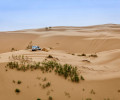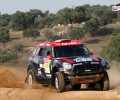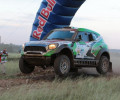Thirty years of Baja Aragón
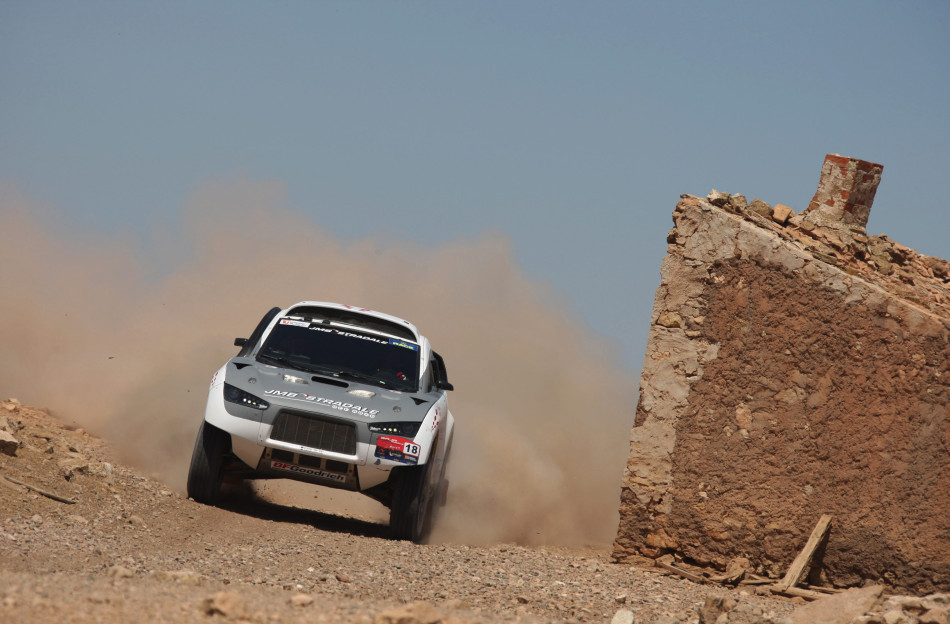
Baja Aragón, one of Spain’s biggest and most challenging motorsport events, celebrates its 30th anniversary this year, with the event running from 19-21 July. Ahead of celebrations, FIA.com talks to Clerk of the Course Manuel Vidal and multiple Baja winner Joan ‘Nani’ Roma.
The format of the rally has evolved over the past thirty years, explains Vidal, while the 2013 edition will challenge entrants with a never-before-seen route. Challenging roads running at altitudes of up to 1,200 metres will reward competitors with spectacular views – if only they had the time to stop and enjoy them.
“In 1983 it was 1,000 kilometres non-stop with a Super Special Stage run to set the starting order. The present format sees Baja Aragón run under FIA regulations, with two legs on Saturday and Sunday plus two Special Stages each day, making for a total length of more than 700 kilometres of Special Stages. This year the main difference is that the entire event – from scrutineering, to the event start and the start and end of each leg – will be centralised in Teruel, instead of last year’s Alcañiz – Zaragoza layout.
“Baja Aragón is, doubtless, the best cross-country rally organised in Spain,” enthused Vidal. “It was the catalyst for all Spanish activity in cross-country events, including the National and Regional Cross-Country Championships, and the launch pad for Spanish competitors participating in other, similar events – mainly Paris–Dakar-type rally events with cars as well as motorcycle riders. Baja Aragón has also been the initial platform for Spanish drivers such as Nani Roma, Carlos Sainz, and Isidre Esteve.”
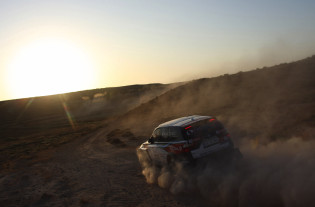
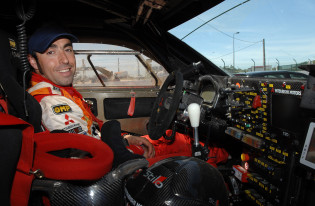
While the Aragón cross-country rally has played a vital role in Spanish motorsport over the past three decades, it is best known for being very physically challenging, with Ari Vatanen, Finland’s three-time Baja winner, telling race organisers that the cockpit of his car in the Baja was like the saunas in his hometown.
“As everyone knows all “cross country type” events are tough and difficult, but Baja Aragón takes place in a particular place of Aragón and during the last days of July with exterior temperatures of 35º to 40 ª C,” Vidal explains. “Imagine the temperature inside the cockpit. … It depends on the year, but we have reached 40ºC sometimes, and with those temperatures, the cockpit gets really hot. Also, with the fech fech and the dust in the stages, most of the drivers have to keep their windows closed, which makes the heat really hard to overcome.”
“Baja Aragón is a very tough rally,” agreed Roma, who is a multiple Baja winner, having claimed top honours among bikes in 1995, 1997, 1999, and 2002 before making the move to cars. “I’ve always believed that the Baja is the best test to know if you are a good rally rider or not. It is my favourite race, and I recommend it to all the young riders as the best test of your abilities.”
After making the switch from two wheels to four, Roma took his first victory in a car at Baja Aragón in 2005.
“It is always special to win a rally in your home country because you have your family and your friends close to you,” Roma said. “I’ve got great memories from my first Baja wins in bikes and cars. Both were really exciting and successful.”

 Facebook
Facebook Twitter
Twitter

